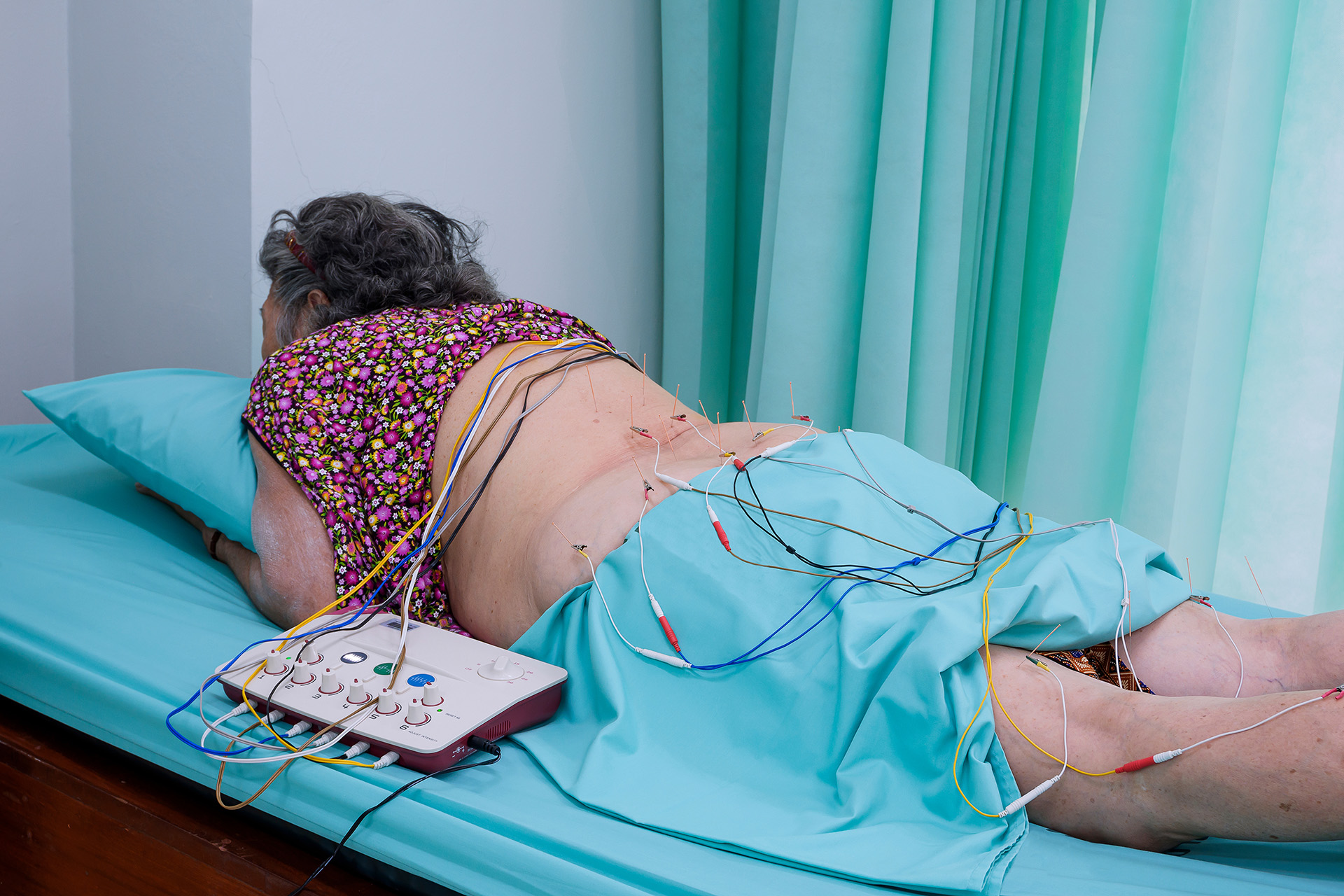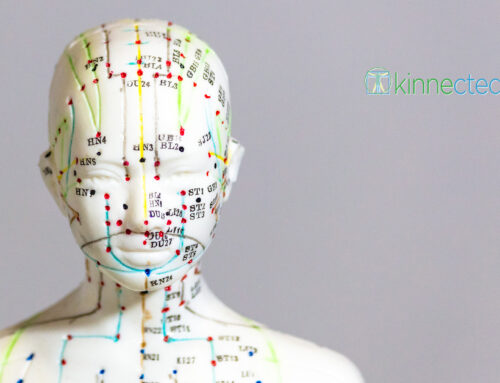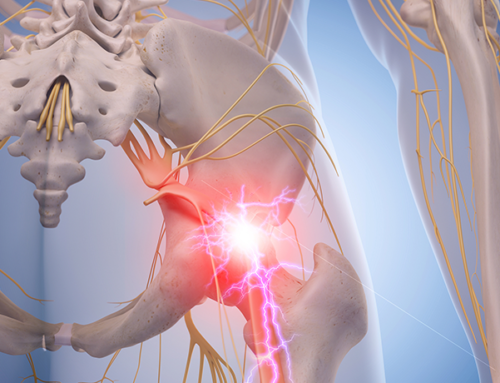Acupuncture, an ancient Chinese practice, has been used for centuries to treat various ailments and conditions. In recent years, acupuncture has gained traction in the medical community as a complementary therapy for Parkinson’s disease (PD). This blog will explore the benefits of acupuncture and electro-acupuncture for managing Parkinson’s symptoms and enhancing patients’ quality of life.
Parkinson’s disease is a progressive neurological disorder that affects movement, causing symptoms like tremors, stiffness, and difficulty with balance and coordination. While there is no cure for PD, acupuncture has shown promising results in managing and alleviating some of its symptoms.
Benefits of Acupuncture for Parkinson’s Disease:
- Symptom Management: Acupuncture stimulates specific points on the body, helping to balance the body’s energy, or Qi. This process can reduce tremors, improve balance, and increase mobility in PD patients.
- Pain Relief: Many individuals with PD experience chronic pain. Acupuncture can help alleviate pain by stimulating the release of endorphins, the body’s natural painkillers.
- Stress and Anxiety Reduction: Acupuncture is known for its calming effects, which can help reduce stress and anxiety often experienced by individuals with Parkinson’s.
- Improved Sleep Quality: Insomnia and sleep disturbances are common in PD patients. Acupuncture can help improve sleep quality by regulating the body’s sleep-wake cycle.
Electro-Acupuncture: Revolutionizing an Ancient Practice
Electro-acupuncture is a modern adaptation of traditional acupuncture that involves the application of a mild electrical current to acupuncture needles. This technique enhances the effectiveness of the treatment by providing continuous stimulation to the targeted points. Electro-acupuncture has been particularly beneficial for PD patients, as it can offer:
- Enhanced Symptom Relief: Electro-acupuncture may provide more significant symptom relief compared to traditional acupuncture due to the consistent stimulation of acupuncture points.
- Faster Results: Studies have shown that electro-acupuncture may yield faster results in alleviating PD symptoms, such as tremors and rigidity, compared to traditional acupuncture.
- Customizable Treatment: Electro-acupuncture allows practitioners to adjust the frequency and intensity of the electrical current, tailoring the treatment to each individual’s needs and symptoms.
In conclusion, acupuncture and electro-acupuncture offer a natural, non-invasive approach to managing Parkinson’s disease symptoms. These treatments can provide relief and improve the quality of life for those living with this challenging condition.






Leave A Comment